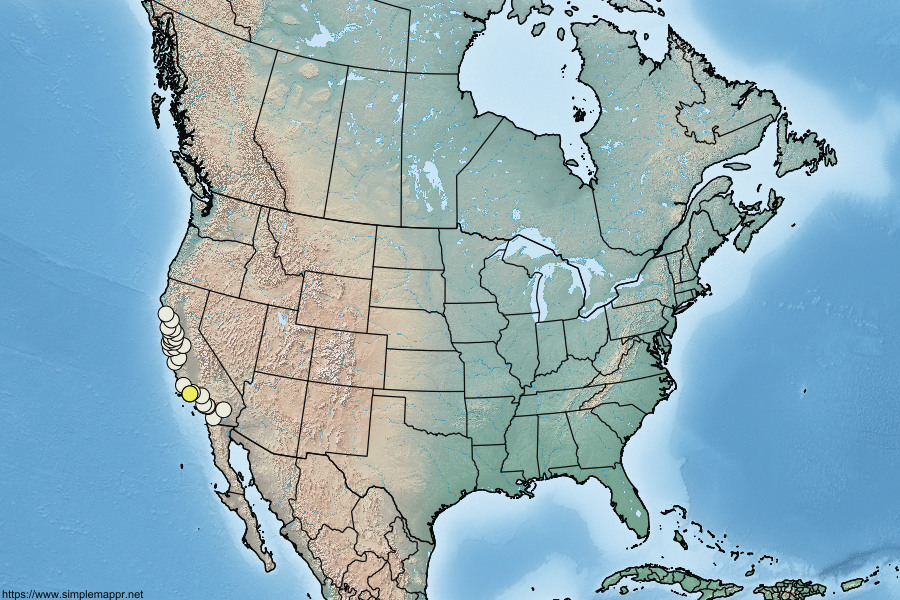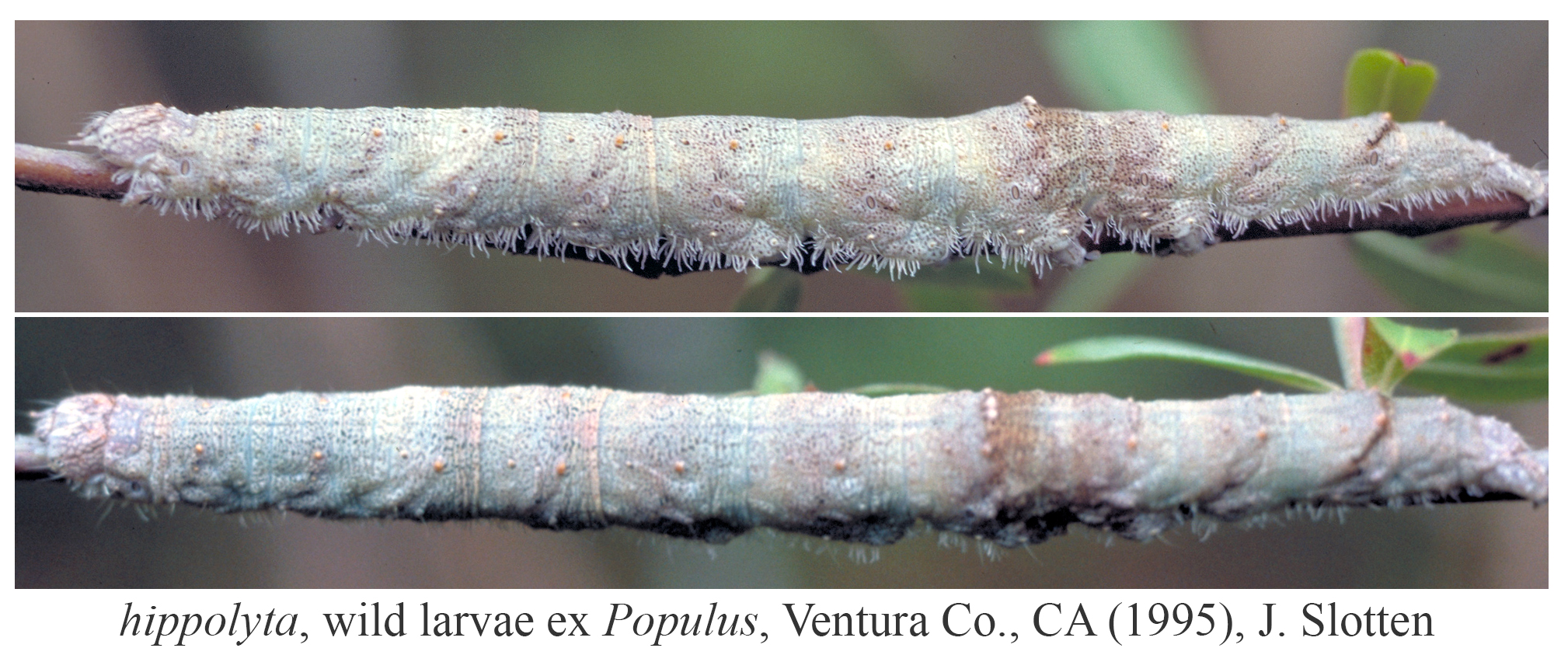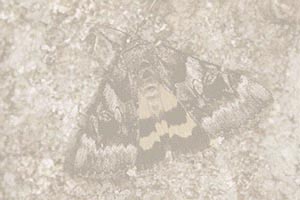 Catocala hippolyta
Catocala hippolyta
Strecker, 1874
From the upper Great Plains through the Rocky Mountains and western Nearctic, there are 13 species of large Catocala that
feed on willows and poplars, and whose larvae are quite similar, have parallel extents of variability, and overlap at least in part on the
morphological characters examined to date.
But as a group these 13 are recognizable -- many thin, linear and usually long lateral filaments; cream to tan to light brownish gray body color (some
strongly patchily maculated darker morphs also occur);
A5 saddle patch more darkly maculated
than ground color, with dorsolateral through dorsoventral bands typically prominent only on A5;
low transverse A5 bump, often more lightly colored on top; head capsule color usually comparable to body color, with modest protruding
lobes with lighter ochre to orange accents and indistinct netlike lobe to frons striping; varyingly thickened black lateral line from vertex normally to above ocelli, and extending
over capsule top;
black venter spots throughout segments notably around A2-A5; venter color off-white and sometimes with mauve/pink overtone.
The culprits include
babayaga,
briseis,
californica,
cleopatra,
faustina,
grotiana,
hippolyta,
irene,
jessica,
junctura,
luciana,
meskei and
semirelicta.
In many regions the choice can be narrowed to only a couple species. However, because (a) the extent of
infrapopulational and geographic pattern variation both remain poorly known, and (b) their respective larval foodplant preferences among
Populus and Salix are likewise incompletely understood, it is typically dicey to assert
species identity for most wild larvae with confidence in the absence of a reared adult.

|


